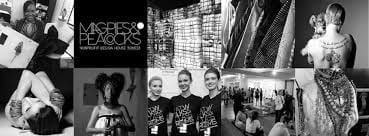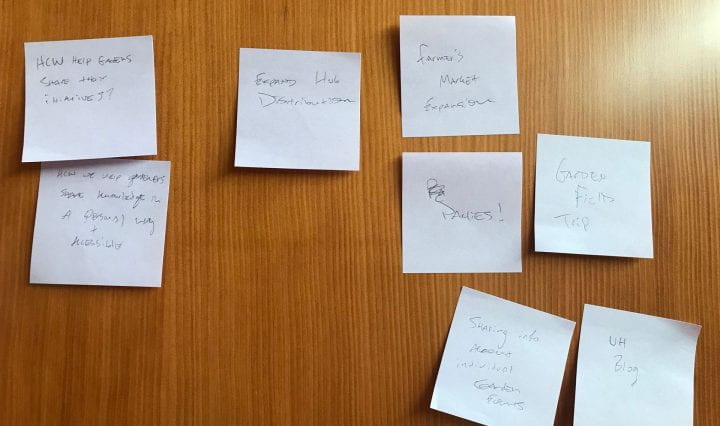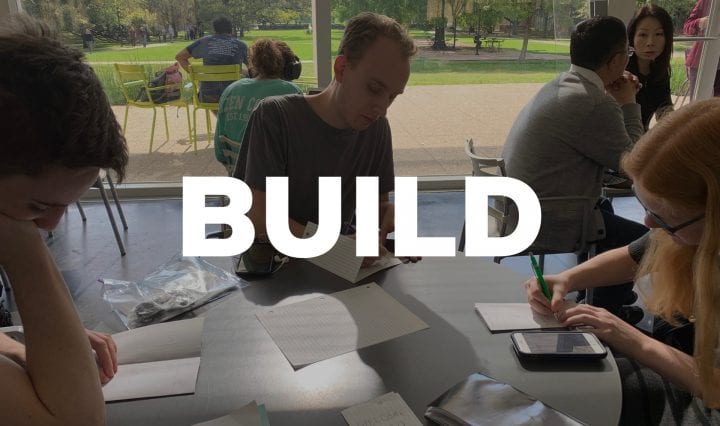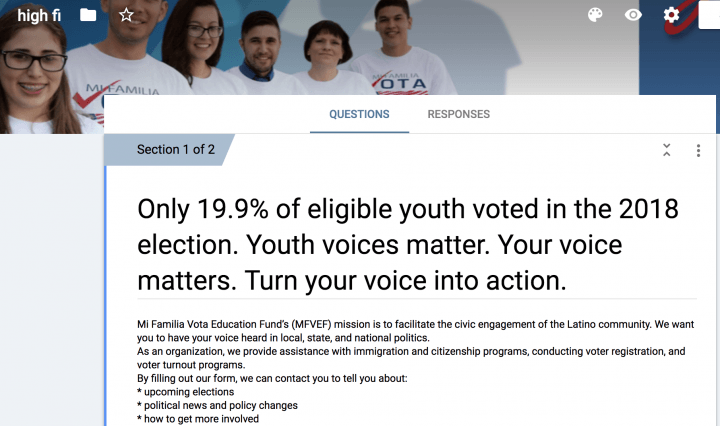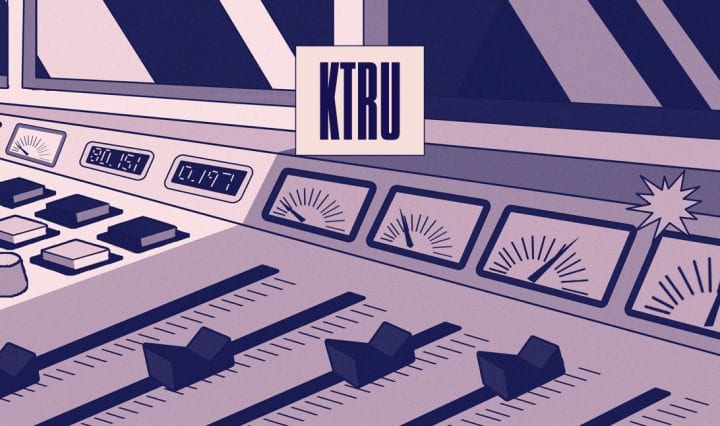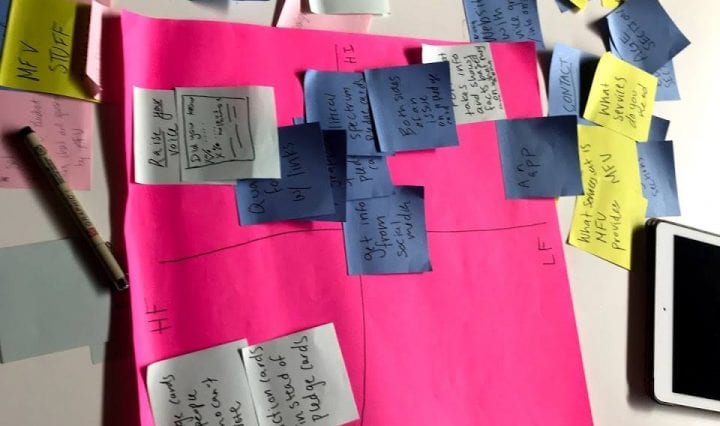Period: Build
After Ideate and Mid-Semester Review, we had one big, general idea of how to improve access to menstrual products at Rice. Our idea revolves around the concept of a “period pack”, which incorporates multiple products bundled together to eliminate concern over taking more than one. Although we had a basis for our solution, we still needed to work out the details. Which location on-campus is private, yet centrally located for all users to access? How many products should be in each pack? Maybe the “packs” are not pre-built, but customizable instead. How do we regulate the amount of products taken … Continue reading Period: Build


